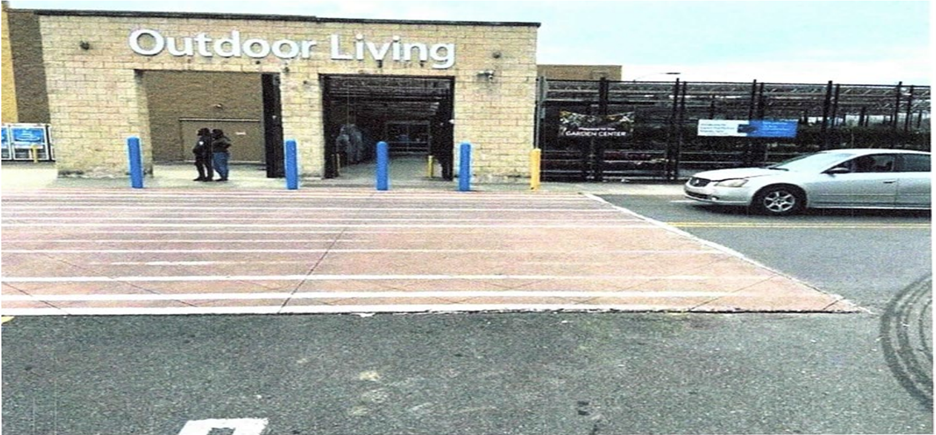In Hawkins v. Hi Nabor Supermarket, LLC, the First Circuit recently affirmed summary judgment in favor of Hi Nabor finding that Hi Nabor could not be liable to the plaintiff for injuries she allegedly sustained when she tripped and fell over a stocking cart while she was shopping in its store.^
The plaintiff claimed the stocking cart created an unreasonably dangerous condition that was foreseeable to the defendant. Hi Nabor filed a motion for summary judgment in response and attached affidavits of its employees, the store’s surveillance video of the incident, and excerpts of the plaintiff’s deposition.
The plaintiff failed to timely oppose Hi Nabor’s motion and then filed a motion for leave to file a late opposition. However, she did not attach or file any documents or exhibits in support of her opposition. The trial court granted Hi Nabor’s motion, and the plaintiff appealed the decision. On appeal, the plaintiff argued (1) summary judgment was granted “solely because an opposition was filed late” and (2) there was in sufficient proof that movers were entitled to judgment.
In response to the plaintiff’s first argument, the Court addressed the plaintiff’s failure to file an opposition to the defendants’ motion. See our prior blog for analysis of the impact of a party’s failure to timely oppose a motion for summary judgment here. The Court noted that a failure to timely oppose a motion for summary judgment does not automatically require that the motion be granted. However, if the mover meets its burden in its motion, and the plaintiff fails to file an opposition, the motion should be granted.
The court examined whether the defendant met its burden to support its motion in response to the plaintiff’s second argument. The Court found the defendant produced evidence to show that the stocking cart did not present an unreasonably dangerous condition such that liability could not attach.
The Court found that “stocking carts are necessary and useful in grocery stores to restock shelves, and that their common use and obviousness to a shopper make any risk slight.”* Further, surveillance video showed the size of the stocking cart (its’ tall sides were approximately the height of the plaintiff), the placement of caution cones around the stocking cart and the Plaintiff’s interactions with the cart prior to the accident.
In light of the evidence filed in support of its motion, the Court found Hi Nabor met its burden of proof to show that plaintiff could not establish the stocking cart presented an unreasonable risk of harm that was reasonably foreseeable. When the plaintiff failed to produce evidence to meet her burden of showing genuine issues of material fact regarding whether the cart presented an unreasonable risk of harm, summary judgment was properly granted. The Court’s decision highlights the importance of procedural requirements and reaffirms the principle that mere allegations of danger are insufficient and cannot defeat summary judgment without substantive proof.
References:
^Hawkins v. Hi Nabor Supermarket, LLC, 2023-0978 (La. App. 1 Cir. 2/23/24), 2024 WL 743080.
*Citing Russell v. Morgan’s Bestway of Louisiana, LLC, 47,914 (La. App. 2 Cir. 4/10/13), 113 So. 3d 448, 453.

